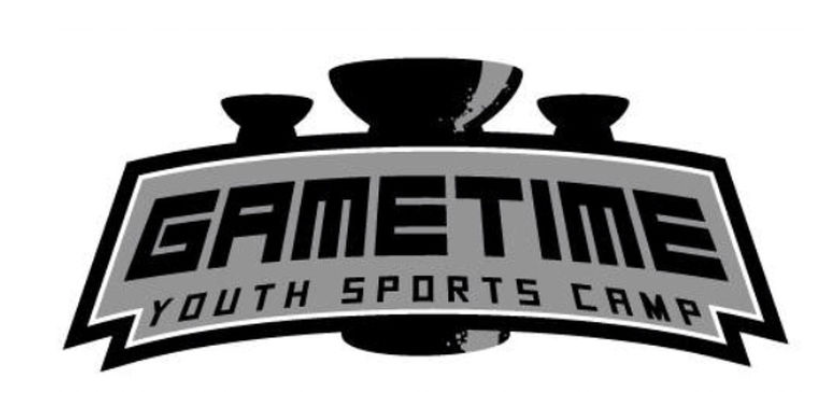The HUDDLE program uses physical education, religious education, and suicide awareness and prevention programs to address the needs of our youth.
Gametime’s THE HUDDLE

Gametime’s THE HUDDLE
- Status: Past Project
- Possible Hours: 8
- Categories: Peace and Kindness, Education and Literacy, Health and Wellness
- Schools: Open to All Schools
- Project Start Date: 06/14/2019
- Project End Date: 06/20/2020
The HUDDLE program uses physical education, religious education, and suicide awareness and prevention programs to address the needs of our youth.
Students must attend an orientation briefing with Gametime if they are interested in doing the work. You must attend Safe Talk or Assist training offered by the Guam Behavioral Health and Wellness Department. These trainings are scheduled once a month.
Please use the contact information below for information and application registration forms. You must also obtain parent/guardian permission.
Students will assist in facilitating the Huddle program at various elementary or middle schools. You can help with the sports activities and/or suicide prevention education. Possible activities are: organize warm ups, sports drills, and cool down sessions for the kids. You should be able to execute the drills with the elementary and middle school children. You can also earn service learning hours by helping with administration duties, such as data entry.
In order to earn service learning hours, a reflection will need to be turned in to a teacher for input into Power School. The reflection should address: What did you do? What did you learn? In what way was this service to your community? Check with the learning objectives below to help you write the reflection.
I hope the students will learn how to affect change in the community, that they will learn more about suicide and self-help seeking behaviors, and how to help someone. I also want them to learn organization and execution skills by working with our organization.
DOE Health Education standards:
Standard 8: Health Advocacy: Demonstrate the ability to advocate for personal, family, and community health.
HS.8.1: Utilize accurate peer and societal norms to formulate a health enhancing message. EXAMPLE: Create a poster using data from the Youth Risk Behavior Survey (YRBS) that encourages peers to abstain from risky behaviors (e.g., abusing alcohol and drugs, having unprotected sex)
HS.8.2 Evaluate strategies that influence and encourage others to make positive health choices. EXAMPLE: Create a pamphlet or website advocating a tobacco-free lifestyle.HS.8.3 Work cooperatively as an advocate for improving personal, family, and community health. EXAMPLE: Sponsor a health fair addressing health-related issues currently affecting teens.HS.8.4 Adapt health messages and/or communication techniques to target a specific audience. EXAMPLE: Modify a public service announcement using a variety of languages to promote good health.
HS.8.5 Employ life skills that promote healthy, productive, and functional lives. EXAMPLE: Collect samples of warning labels from common household items and discuss potential health hazards. Or, create a presentation using technology (e.g., PowerPoint, video, print advertisements) depicting a model lifestyle of a typical teenager on Guam (e.g., family functions, volunteer work, extracurricular involvement).
HS.8.6 Develop and articulate personal opinions about health issues. EXAMPLE: Prepare a persuasive speech explaining the importance of HIV testing and counseling of sexually active youth
DOE Physical Education standards:
Standard 1: Motor Skills and Movement Patterns: Students demonstrate competency in motor skills and movement patterns needed to perform a variety of physical activitiesHS.1.2 Model or teach mature (proficient) motor skills and movement pattern to another student. EXAMPLE(S): Guide a peer through the steps of batting.
Standard 3: Physical Activity: Students participate regularly in physical activity.
HS.3.1: Identify available community resources that promote an active lifestyle (e.g., outside leagues, community centers)
HS.3.2: Demonstrate and participate in physical activities that contribute to the improvement of specific health-related physical fitness components (e.g., cardio-respiratory endurance, muscular strength, muscular endurance,flexibility, and body composition).
HS.3.3: Participate regularly in lifetime physical activities, with consideration of frequency, intensity, and duration, that contribute to improved physical fitness and wellness (e.g., cardio-respiratory endurance, muscular strength, muscular endurance, flexibility, body composition).
Standard 5: Responsible Personal and Social Behavior: Students exhibit responsible personal and social behavior that respects self and others in physical activity settings.
HS.5.1 Demonstrate safe and appropriate use and care of equipment and facilities. EXAMPLE(S): Anticipate potentially dangerous situations related to physical activity (e.g., attach safety clip to shirt while operating the treadmill; check a softball bat prior to stepping up to the plate).
HS.5.2 Relate the benefits of physical activity to social and emotional well-being.EXAMPLE(S): Participate with friends and/or family in physical activities to relax, relieve stress.
HS.5.3 Describe the potential physiological risks associated with physical activity in various environments. EXAMPLE(S): Monitor temperature and humidity; drink water while in hot weather. HS.5.4 Apply game rules accurately and fairly during activity.EXAMPLE(S): Self-officiate a game of Frisbee with respect and compassion for children with individual differences. HS.5.5 Develop strategies for inclusion of all students in physical activity. EXAMPLE(S): Use a ball with a sound device for a blind student.
HS.5.6 Demonstrate and apply appropriate rules of etiquette in games and activities. EXAMPLE(S): Escort a lady off the dance floor; no talking while a golfer is teeing off.
Standard 6: Value of Physical Education: Students value physical activity for health enjoyment challenge self-expression and/or social interaction
HS.6.1 Identify positive mental and emotional aspects of participation in a variety of physical activities (e.g., mental alertness, relaxation, social interaction).
HS.6.2 Express feelings of satisfaction and enjoyment as a result of participating in regular physical activity.EXAMPLE(S): Express emotion and release energy and/or stress by participating in a challenging game of tennis.HS.6.3 Reflect on reasons for choosing to participate in lifetime physical activity. EXAMPLE(S): Write a reflection of ways to promote the health benefits of physical activity to peers.
Acknowledged by Teacher/Guidance Counselor:
Print name: _____________________________
Signature:_______________________________
Date:______________________









